Chemical unit co-substitution enabling broadband and tunable near-infrared emission in garnet-type Lu3Sc2Ga3O12:Cr3+ phosphors
Abstract
Although near-infrared phosphor-converted light-emitting diodes (NIR pc-LEDs) are desired for non-visible light source applications, the design of broadband NIR phosphors remains a challenge. Inspired by the chemical unit co-substitution strategy for the modification of composition and local structure, we realize a tunable redshift emission from 706 to 765 nm in garnet-type Lu3Sc2Ga3O12:Cr3+ with a broadened full width at half maximum and enhanced photoluminescence intensity by introducing a [Mg2+-Si4+] unit into the [Sc3+-Ga3+] couple. Structural and spectral analyzes demonstrate that the co-substitution reduces the local symmetry and crystal field strength of the [CrO6] octahedra, thus leading to inhomogeneous widening of the 4T2→4A2 emission and enhanced blue absorption. Furthermore, the 4T2→4A2 emission exhibits a phonon-assisted character at low temperatures due to the thermal coupling effect with the 2E level. The fabricated NIR pc-LED based on the optimized NIR phosphor exhibits excellent potential in night vision and imaging applications.
Keywords
INTRODUCTION
Broadband near-infrared (NIR, 700-2500 nm) light sources are urgently needed for a variety of applications, including component detection[1], phototherapy[1], agricultural plant lighting[2,3], bioimaging[4], night vision illumination[5] and iris recognition[6]. Among various NIR light sources, however, traditional halogen tungsten lamps suffered from high-power dissipation[7]. Electroluminescent semiconductors, such as GaAs, are inappropriate for various applications due to their narrow emission band[8,9]. Furthermore, organic light-emitting diodes (LEDs) suffer from low hydrothermal stability[10]. In contrast, NIR phosphor-converted (pc)-LEDs that are encapsulated by blue light InGaN chips and NIR-emitting phosphors are emerging as promising candidates to achieve the desired broadband NIR emission. Owing to the commercialization of high-efficiency blue chips[11,12], the development of NIR phosphors pumped by blue light with broadband and tunable emission has become a research priority[13].
So far, several types of NIR phosphors have been explored by doping Eu2+[14,15], Bi[16], Ni2+[17], Mn4+[18] and Cr3+ into inorganic hosts. Among these dopants, Cr3+ has gradually become the focus of attention for practical applications due to its high photoluminescence quantum yield[19-21], broadband and tunable emission[22,23] and high thermal stability[24-26]. In addition, the 4A2→4T1 transition of Cr3+ perfectly matches the blue light chip, as well as a narrowband or tunable broadband emission sensitive to the crystal environment due to the 3d3 electronic configuration. Among the different hosts for Cr3+ doping, garnet-type compounds possess a compact structure with high symmetry belonging to the cubic system[27] and have been extensively studied for high-performance NIR phosphors.
The garnet-type structure is composed of three kinds of polyhedra, namely, dodecahedra, mainly occupied by elements with large radii, such as rare earth elements and alkali and alkaline earth metals, octahedra, occupied by transition and main group metals with small radii, and tetrahedra, usually occupied by Ga, Si, Ge, Al, V and P. In recent years, Cr3+-doped garnet phosphors with high internal quantum efficiency (IQE) have been reported and studied. However, owing to the parity-forbidden character of d-d transitions, Cr3+-doped phosphors suffer from a low absorption coefficient (Abs) and narrow emission band. This is particularly true for highly symmetrical lattices, including Ca3Sc2Si3O12:Cr3+ (IQE/Abs = 92.3%/27.6%, FWHM = 110 nm)[28] and Gd3Sc2Ga3O12:Cr3+ (IQE/Abs = 98.6%/21.0%, FWHM = 120 nm)[29], which limits the further application of NIR pc-LEDs. Although the Abs can be raised by increasing the concentration of Cr3+, excessive dopants usually lead to serious concentration quenching effects and stronger electron-phonon coupling, resulting in damage to the thermal stability and IQE in the garnet structure[30,31]. Although Cr3+ and Yb3+ co-doping may benefit the broadening emission spectrum and enhance the thermal stability, it has little effect on improving the Abs[32]. It has been reported that introducing the odd-parity crystal field by lattice distortion can partly release the parity-forbidden character of Cr3+ ions so that an improved Abs is expected[33].
In recent years, the chemical unit co-substitution strategy, i.e., the simultaneous substitution of two kinds of chemical units in a crystal structure, has been used to realize structural evolution and the regulation of luminescence properties, as proposed by our group and successfully adopted by many different research teams[34]. Benefitting from the high structural tolerance of the garnet structure, chemical units can enter the cell in large quantities to realize the distortion of the polyhedra and the disorder of the local crystal environment, further breaking the reverse symmetry of the crystal site, where Cr3+ is located. Thus it leads to a strong crystal field splitting and contributes to the photoluminescence tuning of the emission band.
In this work, an enhanced NIR emission of Cr3+ ions with a broadened FWHM is realized by co-substituting [Mg2+-Si4+] for [Sc3+-Ga3+] in garnet-type Lu3Sc1.98-xMgxGa3-xSixO12:0.02Cr3+ phosphors. The luminescence properties and crystal field strength of the phosphors are further studied as a function of x. We find that the thermal coupling effect of the 4T2 and 2E levels and the electron-phonon coupling effect are enhanced with increasing x and the related luminescence mechanism is proposed. Finally, a broadband NIR pc-LED is designed and fabricated using the composition-optimized phosphor Lu3Sc1.38Mg0.6Ga2.4Si0.6O12:0.02Cr3+ (LSMGS:Cr) and its applications in imaging and night vision illuminating are demonstrated.
MATERIALS AND METHODS
Materials and preparation
The Lu3Sc1.98-xMgxGa3-xSixO12:0.02Cr3+ samples (x = 0.0, 0.30, 0.45, 0.60, 0.75 or 0.90) were prepared by a conventional high-temperature solid-state method. Lu2O3 (99.9%, Aladdin), Sc2O3 (99.9%, Aladdin), MgO (99.9%, Aladdin), Ga2O3 (99.99%, Aladdin), SiO2 (99.99%, Macklin) and Cr2O3 (99.95%, Aladdin) were used as the starting materials and weighed according to stoichiometric proportions, with 2 wt.% H3BO3 (99.5%, Aladdin) added as the flux. After being mixed and grounded thoroughly using ethanol in an agate mortar, the mixtures were transferred into alumina crucibles (Kaiping Shengxing Chemical Porcelain Factory, Tangshan, 16 × 28 mm) and then placed in a box furnace for sintering at 1450 °C for 6 h in air. Finally, the phosphors were ground in an agate mortar for 3 min after cooling to room temperature.
Characterization
Powder X-ray diffraction patterns were measured using a diffractometer (PANalytical Corporation, Netherlands) with a Cu Kα radiation source (λ = 1.5406 Å) and the operating voltage and current set as
LED device fabrication and performance measurements
The pc-NIR LED device was designed and made by coating the as-prepared phosphor on a blue LED (X1901, 5 W, Guangzhou LEDteen Optoelectronics Co., Ltd., China) and fully blending with an epoxy resin. The electroluminescence of the fabricated NIR pc-LED was measured by Optical & Electrical Fast Meters For LEDS (Hangzhou Hopoo Optoelectronics Technology Co., Ltd., China).
RESULTS AND DISCUSSION
Crystal structure of Lu3(Sc, Mg)2(Ga, Si)3O12:Cr3+
The phase and purity of the as-prepared powder samples were examined by X-ray diffraction and the results are shown in Figure 1A. The x value reflects the degree of co-substitution of [Mg2+-Si4+] for [Sc3+-Ga3+]. All diffraction peaks were well matched with the standard data of the Lu3Sc2Ga3O12 cubic phase (PDF
Figure 1. (A) XRD patterns of Lu3Sc1.98-xMgxGa3-xSixO12:0.02Cr3+ (x = 0.0-0.9) with selected diffraction peak near 32.7°. (B) Calculated lattice parameters of Lu3Sc1.98-xMgxGa3-xSixO12:0.02Cr3+ (x = 0.0-0.9). (C) Crystal structure of Lu3Sc1.98-xMgxGa3-xSixO12:0.02Cr3+.
The shift of the strongest diffraction peak to a higher angle, as shown in Figure 1A, indicates that the cell shrinks with increasing x. With the substitution of [Mg2+-Si4+] for [Sc3+-Ga3+], the diffraction peak near 32.7° shifts slightly toward a higher angle [Figure 1A] due to the ionic radii of Mg2+ [0.72 Å, coordination number (CN) = 6] and Si4+ (0.26 Å, CN = 4) being smaller than that of Sc3+ (0.745 Å, CN = 6) and Ga3+ (0.47 Å,

where d and a represent the interplanar spacing and lattice parameter, respectively. The wavelength of the incidence X-ray λ was 1.5406 Å. The diffraction peak position θ originating from the crystal face (hkl) was obtained from the strongest diffraction peak near 32.7° in Figure 1A, where h, k and l are the Miller indices, namely, 0, 2 and 4, respectively, in the calculation. The lattice parameter decreased from 12.32 to 12.23 Å with increasing x, as shown in Figure 1B. This indicates that the [Mg2+-Si4+] chemical unit had been successfully incorporated into the garnet-type structure. The shrinkage of the crystal cell usually enhances the crystal field strength of the octahedrally-coordinated Cr3+ center with a blueshift and narrowed emission band. In contrast, a completely opposite phenomenon in Lu3Sc2Ga3O12:Cr3+ can be observed after the
Photoluminescence properties of Lu3(Sc, Mg)2(Ga, Si)O12:Cr3+
The room-temperature emission (PL) and excitation (PLE) spectra of Lu3Sc1.98Ga3O12:0.02Cr3+ are shown in Figure 2A. Under the excitation of 440 nm blue light, Lu3Sc1.98Ga3O12:0.02Cr3+ exhibits a dark-red emission with a FWHM of 88 nm centered at 706 nm, which is attributed to the 2E→4A2g transition of Cr3+. When monitored at the 706 nm emission, Lu3Sc1.98Ga3O12:0.02Cr3+ gave three excitation bands in the UV, blue and red regions, which were assigned to the 4A2→4T1 (4P), 4A2→4T1 (4F) and 4A2→4T2 (4F) transitions of Cr3+, respectively. After the [Mg2+-Si4+] unit replaces the [Sc3+-Ga3+] couple in the structure, the emission band position gradually shifts from 706 to 765 nm. Furthermore, the FWHM is doubled to 176 nm [Figure 2B]. The Lu3Sc1.38Mg0.6Ga2.4Si0.6O12:0.02Cr3+ phosphor has a broadband NIR emission with stronger penetrability and crypticity, which is more conducive to its application in biological imaging and component analysis compared to Lu3Sc1.98Ga3O12:0.02Cr3+ with a narrowband visible dark-red emission.
Figure 2. (A) Room-temperature PLE (blue) and PL (red) spectra of Lu3Sc1.98Ga3O12:0.02Cr3+ phosphor. (B) Normalized PL spectra of Lu3Sc1.98-xMgxGa3-xSixO12:0.02Cr3+ (x = 0.0-0.6) excited by 440 nm light. (C) Peak wavelength and FWHM of Lu3Sc1.98-xMgxGa3-xSixO12:0.02Cr3+ (x = 0.0-0.9). (D) Tanabe-Sugano diagram of Cr3+ in the perfect octahedral environment. (E) Integrated intensity of PL spectra of Lu3Sc1.98-xMgxGa3-xSixO12:0.02Cr3+ (x = 0.0-0.9) excited by 440 nm light. (F) DR spectra of Lu3Sc1.98-xMgxGa3-xSixO12:0.02Cr3+ (x = 0.0-0.9).
The change in the spectrum can be divided into two stages, as shown in Figure 2C. In the first stage
Because of the lack of protection from an external shell, the orbital energy levels of the d orbital of Cr3+ are very sensitive to the influence of the host lattice. Therefore, to explore the further influence of the

Finally, the Racah parameter C can be calculated by:

where E(4T1g) and E(4T2g) are the energy levels of 4T1g(4F) and 4T2g(4F) for Cr3+, respectively, which can be obtained from the PLE spectra, and E(2E) is the equilibrium position of the sharp zero-photon line (ZPL) obtained from the PL spectra.
The Racah parameter B represents the repulsion between electrons in the 3d orbital of Cr3+. The value of the Racah parameter B of Cr3+ in the host is usually lower than in the free environment (B0 = 918 cm-1) and strongly depends on the covalency of the host. Accordingly, the specific crystal field parameters of Lu3Sc1.98-xMgxGa3-xSixO12:0.02Cr3+ (x = 0.0, 0.6 or 0.9) were calculated, as listed in Table 1. The value of Dq/B decreases from 2.85 to 2.65 with increasing x value, thus reducing the energy separation between 4T2g and 2E [Figure 2D]. The decreased B values indicate that the ionic character of the octahedra in which Cr3+ is located is enhanced due to the enlargement of the [Sc/MgO6] octahedra, even though the whole crystal cell shrinks under co-substitution[38]. Therefore, the excited electrons will tend to reside in the gradually redshifted 4T2g level due to the weakening crystal field and induction of a broad NIR emission (4T2→4A2). As shown in Figure 2E, with increasing x, the integral intensity of Lu3Sc1.98-xMgxGa3-xSixO12:0.02Cr3+ increased to 180% of the original value at first (x = 0.0-0.6) and then decreased (x = 0.6-0.9). Figure 2F shows the DR spectra of the Lu3Sc1.98-xMgxGa3-xSixO12:0.02Cr3+ series. The three absorption bands of Cr3+ in the UV-Vis region fit well with the three excitation bands of the PLE spectra. With the introduction of [Mg2+-Si4+] chemical units in the structure (x = 0.0-0.6), the reflectance at 440 nm reduces from 81.9% for x = 0.0 to 67.4% for x = 0.6, which indicates that more blue light was absorbed by the optimized phosphor.
Crystal field parameters of Lu3Sc1.98-xMgxGa3-xSixO12:0.02Cr3+ (x = 0.0, 0.6 or 0.9) phosphors
| Host | Dq (cm-1) | B (cm-1) | Dq/B | C (cm-1) |
| x = 0 | 1514 | 531 | 2.85 | 3499 |
| x= 0.6 | 1463 | 553 | 2.65 | 3445 |
| x = 0.9 | 1460 | 556 | 2.62 | 3415 |
The external quantum efficiency (EQE) of the designed phosphors is crucial for high-performance NIR LEDs and is the product of the internal quantum efficiency (IQE) and Abs[39,40]. The quantum yield of the samples was measured and the values of the EQE, IQE and Abs are shown in Figure 3A. The matrix garnet phosphor (x = 0.0) shows a high IQE of up to 81.4% and a low Abs (0.257) due to the parity-forbidden transition of Cr3+. The [Mg2+-Si4+] co-substituted phosphor (x = 0.6) demonstrated a higher EQE (28.1%) compared to the matrix phosphor (20.9%) on account of the improvement of the absorption ability from 25.7% (light green body color) to 38.4% (deep green body color). Excessive [Mg2+-Si4+] chemical units were harmful to the luminescence ability of the Lu3Sc1.98-xMgxGa3-xSixO12:0.02Cr3+ phosphors (x = 0.75 or 0.90), which is consistent with the trend of the integral intensity of the PL spectra [Figure 2E]. The decreased trend of the Abs of Lu3Sc1.98-xMgxGa3-xSixO12:0.02Cr3+ phosphors (x = 0.75 or 0.90) may be caused by more serious diffuse reflection due to the mismatched refractive index between the garnet phase and the impurities.
Figure 3. (A) IQE, Abs and EQE values of Lu3Sc1.98-xMgxGa3-xSixO12:0.02Cr3+ phosphors. (B) Luminescence decay curves of Lu3Sc1.98-xMgxGa3-xSixO12:0.02Cr3+ phosphors (x = 0.0-0.9) excited by 440 nm light and monitored at their strongest emission wavelength. (C) Temperature-dependent PL spectra and phonon-assisted PL mechanism of LSMGS:Cr excited by 440 nm light at 80 and 300 K. (D) PL/temperature correlation maps of LSMGS:Cr excited by 440 nm light. (E) and (F) Configuration coordinate diagrams of Lu3Sc1.98-xMgxGa3-xSixO12:0.02Cr3+ (x = 0.0 or 0.6) showing level thermal coupling and temperature-quenching mechanisms.
The experiment results show that the PL decay curves can only be fitted with a bi-exponential function

where I(t) represents the emission intensity at a certain time t, A1 and A2 are constants and τ1 and τ2 are the luminescence decay times. According to the above equation, the decay times were determined to be 406.1, 218.4 and 195.3 μs for τ1 and 185.1, 58.6 and 56.0 μs for τ2, corresponding to the x = 0.0, 0.6 or 0.9 samples, respectively. It is known that Cr3+ generally exists stably at octahedral sites. Although Cr3+ will occupy both octahedral and dodecahedral sites in some garnet oxides, the PL band of Cr3+ at dodecahedral sites usually exhibits longwave PL (> 800 nm) due to the larger radius of the polyhedra[31]. Thus, the bi-exponential PL decay was more likely caused by one crystallographic site with multiple local crystal environments.
The two lifetimes with different orders can be attributed to the 2E→4A2g and 4T2g→4A2g transition, respectively. The 2E→4A2g transition is both parity-forbidden and spin-forbidden, while the 4T2g→4A2g transition is parity-forbidden but spin-allowed, which causes the former to have a longer lifetime. The transition from the 2E state becomes partially allowed due to the overlap between the wavefunctions of the
To investigate the detailed luminescence mechanism herein, the low-temperature-dependent PL spectra and PL decay curves of LSMGS:Cr were recorded and compared in Figure 3C, Supplementary Figures 2 and 3. At 80 K, the PL spectra of LSMGS:Cr consist of a sharp ZPL, namely, the 2E→4A2g transition at 690 nm and the attached stokes sideband (705 and 720 nm) due to the participation of phonons. The 4T2g→4A2g transition presented as a broadband emission centered at 785 nm. With increasing temperature, the intensity of the
The 4T2g→4A2g emission with the same behavior was abnormal compared to other Cr-doped phosphors. Generally, phosphors at low temperatures exhibit a stronger emission because the lattice vibration is inhibited, which weakens the electron-phonon coupling effect and causes a smaller probability of non-radiative transition. The abnormal 4T2g→4A2g PL behavior related to the temperature indicates that the thermal coupling effect between the 2E and 4T2g levels did exist in Lu3Sc1.98-xMgxGa3-xSixO12:0.02Cr3+ so that the phonon energy can transfer between these two levels by back-intersystem crossing/intersystem crossing (blsc/lsc)[44]. The phonon-assisted emission was also present in the solid solution with x = 0.45, as shown in Supplementary Figure 4. In addition, the PL decay also can be fitted with a bi-exponential function with a reduced lifetime compared with that at 80 K due to the increasing portion of 4T2g→4A2g emission during the blsc process and more serious electron-phonon coupling. In the Cr-doped phosphor, weakening of the crystal field strength caused by lattice thermal expansion with increasing temperature leads to a redshift in the PL spectra. In LSMGS:Cr, however, the emission center with a larger Stokes shift will suffer more serious thermal quenching, resulting in the 20 nm blueshift of the emission spectrum at high temperature, which is common in disordered local crystal environment, such as Cr-doped glasses[45], which further proves the disorder of the local structure in LSMGS:Cr. Even though the non-radiative transition to some extent exists in the LSMGS:Cr, it still retains 75% at 423 K of the initial intensity measured at room temperature and maintains fine color stability [Figure 3D and Supplementary Figure 5], which benefits from the high structural rigidity of the garnet.
In summary, the mechanism of [Mg2+-Si4+] co-substitution on the regulation of optical properties can be qualitatively explained, as shown in Figure 3E and F. The [Mg2+-Si4+] chemical units not only introduce more multiple local crystal environments but also reduce the energy level gap ΔEc between 4T2g and 2E, which is closely related to the crystal field strength. Thus, the energy level thermal coupling enhances, which allows part of the excited electrons at the 2E level can also populate into the 4T2g level through the back-intersystem crossing process with increasing x and eventually leads to the transition from a short wavelength sharp emission to a long wavelength broad emission. However, the weak crystal field strength simultaneously causes the reduction of the thermal activation barrier ΔEa, which causes more serious electron-phonon coupling and thermal quenching, thereby weakening the luminescence performance, which is consistent with the results of the luminescence analysis and thermal stability [Figures 2E and 3A; Supplementary Figure 6].
Application in a NIR pc-LED
To demonstrate the potential application of NIR pc-LEDs in night vision illumination and the penetrating imaging of biological tissue, a broadband NIR pc-LED device was designed and fabricated using the LSMGS:Cr (x = 0.6) phosphor on a blue light-emitting InGaN chip (440 nm), as shown in Figure 4A. The NIR output power continuously increases with the drive current and reaches 90.3 mW at 100 mA. Furthermore, the photoelectric efficiency of pc-LED drops from 8.73% to 5.74% due to the efficiency drop of LED chips, as shown in Figure 4B. Figure 4C shows that a bouquet can be vividly captured by a NIR camera using a 720 nm long-pass filter under the non-visible illumination of the NIR pc-LED, which shows the feasibility of its application in night vision. The veins of a human palm can be distinguished, as shown in Figure 4D, using NIR light to penetrate and a NIR camera to capture, because NIR light has a good penetrability through biological tissue and veins have a specific absorption of NIR light. This fundamental demonstration indicates that the LSMGS:Cr phosphors can be potentially applied in machine vision and non-destructive examination.
Figure 4. (A) Photograph and luminescence spectra of as-fabricated NIR pc-LED. (B) NIR output power and photoelectric efficiency of pc-LED measured at current from 20 to 300 mA. (C) Photographs of bouquet under natural and NIR light captured by different cameras. (D) Photographs of NIR light transilluminating human palm.
CONCLUSIONS
Broadband NIR phosphors Lu3Sc1.98-xMgxGa3-xSixO12:0.02Cr3+ (x = 0.0-0.9) with tunable emission were successfully fabricated by a high-temperature solid-state method. The shrinkage of the crystal cell and pure phase were verified by XRD analysis. By co-substituting [Sc3+-Ga3+] with [Mg2+-Si4+] chemical units in the garnet host with high symmetry, the [CrO6] octahedra were distorted, thus breaking the inversion symmetry and leading to the broadband 4T2→4A2 emission. Furthermore, the [Mg2+-Si4+] pairs strengthened the thermal coupling between the 4T2 and 2E levels due to the weakened crystal field strength, resulting in both sharp ZPL and broad emissions. Under 440 nm blue light excitation, the composition-optimized garnet-type solid solution demonstrated an inhomogeneous widening NIR emission maximized at 765 nm, with a large FWHM of 176 nm and highest EQE/Abs of 28.2 %/38.4% for the composition of x = 0.6 (Lu3Sc1.38Mg0.6Ga2.4Si0.6O12:0.02Cr3+). The fabricated broadband NIR pc-LED showed a light outpower of 90.3 mW at
DECLARATIONS
Authors’ contributionsConceived and drafted the manuscript: Xia Z, Wang T
Prepared material and device, performed characterization: Wang T
Performed data analysis: Wang T, Liu G
Revised the manuscript: Xia Z
Availability of data and materialsThe data that support the findings of this study are available from the corresponding author upon reasonable request.
Financial support and sponsorshipThe work was supported by International Cooperation Project of National Key Research and Development Program of China (2021YFB3500400 and 2021YFE0105700), the National Natural Science Foundations of China (Grant Nos. 51972118), Guangzhou Science & Technology Project (202007020005), and the Local Innovative and Research Teams Project of Guangdong Pearl River Talents Program (2017BT01X137).
Conflicts of interestAll authors declared that there are no conflicts of interest.
Ethical approval and consent to participateNot applicable.
Consent for publicationNot applicable.
Copyright© The Author(s) 2022.
Supplementary MaterialsREFERENCES
1. Liu G, Molokeev MS, Xia Z. Structural rigidity control toward Cr3+ -based broadband near-infrared luminescence with enhanced thermal stability. Chem Mater 2022;34:1376-84.
2. Li J, Cui D, Huang J, et al. Organic semiconducting pro-nanostimulants for near-infrared photoactivatable cancer immunotherapy. Angew Chem Int Ed Engl 2019;58:12680-7.
3. Zhang L, Wang D, Yang K, et al. Mitochondria-targeted artificial “nano-rbcs” for amplified synergistic cancer phototherapy by a single NIR irradiation. Adv Sci (Weinh) 2018;5:1800049.
4. Zou X, Wang X, Zhang H, et al. A highly efficient and suitable spectral profile Cr3+-doped garnet near-infrared emitting phosphor for regulating photomorphogenesis of plants. Chem Eng J 2022;428:132003.
5. Liu D, Li G, Dang P, et al. Simultaneous broadening and enhancement of Cr3+ photoluminescence in LiIn2 SbO6 by chemical unit cosubstitution: night-vision and near-infrared spectroscopy detection applications. Angew Chem Int Ed Engl 2021;60:14644-9.
6. Nguyen DT, Baek NR, Pham TD, Park KR. Presentation attack detection for iris recognition system using NIR camera sensor. Sensors (Basel) 2018;18:1315.
7. Rajendran V, Chang H, Liu R. Recent progress on broadband near-infrared phosphors-converted light emitting diodes for future miniature spectrometers. Opt Mater 2019;1:100011.
8. Zhang Y, Qiao J. Near-infrared emitting iridium complexes: molecular design, photophysical properties, and related applications. iScience 2021;24:102858.
9. Lukovic M, Lukovic V, Belca I, Kasalica B, Stanimirovic I, Vicic M. LED-based vis-NIR spectrally tunable light source - the optimization algorithm. J Eur Opt Soc -Rapid Publ 2016:12.
10. Liu H, Zhong H, Zheng F, et al. Near-infrared lead chalcogenide quantum dots: synthesis and applications in light emitting diodes*. Chin Phys B 2019;28:128504.
11. Liu G, Hu T, Molokeev MS, Xia Z. Li/Na substitution and Yb3+ co-doping enabling tunable near-infrared emission in LiIn2SbO6:Cr3+ phosphors for light-emitting diodes. iScience 2021;24:102250.
12. Qiao J, Zhou G, Zhou Y, Zhang Q, Xia Z. Divalent europium-doped near-infrared-emitting phosphor for light-emitting diodes. Nat Commun 2019;10:5267.
13. Dai D, Wang Z, Xing Z, et al. Broad band emission near-infrared material Mg3Ga2GeO8:Cr3+: substitution of Ga-In, structural modification, luminescence property and application for high efficiency LED. J Alloys Compd 2019;806:926-38.
14. Berezovskaya I, Dotsenko V, Voloshinovskii A, Smola S. Near infrared emission of Eu2+ ions in Ca3Sc2Si3O12. Chem Phys Lett 2013;585:11-4.
15. Qiao J, Zhang S, Zhou X, Chen W, Gautier R, Xia Z. Near-infrared light-emitting diodes utilizing a Europium-activated calcium oxide phosphor with external quantum efficiency of up to 54.7%. Adv Mater 2022;34:e2201887.
16. Xiong PX, Li YY, Peng MY. Recent advances in super broad infrared luminescence bismuth-doped crystals. IScience 2020;23:101578.
17. Matuszewska C, Marciniak L. The influence of host material on NIR II and NIR III emitting Ni2+-based luminescent thermometers in ATiO3: Ni2+ (A = Sr, Ca, Mg, Ba) nanocrystals. J Lumin 2020;223:117221.
18. Du J, Poelman D. Near-infrared persistent luminescence in Mn4+ doped perovskite type solid solutions. Ceram Int 2019;45:8345-53.
19. Nie W, Yao L, Chen G, et al. A novel Cr3+-doped Lu2CaMg2Si3O12 garnet phosphor with broadband emission for near-infrared applications. Dalton Trans 2021;50:8446-56.
20. Nie W, Li Y, Zuo J, et al. Cr3+-activated Na3 X2 Li3 F12 (X = Al, Ga, or In) garnet phosphors with broadband NIR emission and high luminescence efficiency for potential biomedical application. J Mater Chem C 2021;9:15230-41.
21. You L, Tian R, Zhou T, Xie R. Broadband near-infrared phosphor BaMgAl10O17:Cr3+ realized by crystallographic site engineering. Chem Eng J 2021;417:129224.
22. Zeng H, Zhou T, Wang L, Xie R. Two-site occupation for exploring ultra-broadband near-infrared phosphor-double-perovskite La2MgZrO6:Cr3+. Chem Mater 2019;31:5245-53.
23. Yan W, Liu F, Lu YY, Wang XJ, Yin M, Pan Z. Near infrared long-persistent phosphorescence in La3Ga5GeO14:Cr3+ phosphor. Opt Express 2010;18:20215-21.
24. Xu X, Shao Q, Yao L, Dong Y, Jiang J. Highly efficient and thermally stable Cr3+-activated silicate phosphors for broadband near-infrared LED applications. Chem Eng J 2020;383:123108.
25. Huang D, Zhu H, Deng Z, et al. A highly efficient and thermally stable broadband Cr3+-activated double borate phosphor for near-infrared light-emitting diodes. J Mater Chem C 2021;9:164-72.
26. Lin Q, Wang Q, Liao M, et al. Trivalent chromium ions doped fluorides with both broad emission bandwidth and excellent luminescence thermal stability. ACS Appl Mater Interfaces 2021;13:18274-82.
27. Bindhu A, Naseemabeevi JI, Ganesanpotti S. Distortion and energy transfer assisted tunability in garnet phosphors. Crit Rev Solid State Mater Sci 2022;47:621-64.
28. Jia Z, Yuan C, Liu Y, et al. Strategies to approach high performance in Cr3+-doped phosphors for high-power NIR-LED light sources. Light Sci Appl 2020;9:86.
29. Basore ET, Xiao W, Liu X, Wu J, Qiu J. Broadband near-infrared garnet phosphors with near-unity internal quantum efficiency. Adv Optical Mater 2020;8:2000296.
30. Mao N, Liu S, Song Z, Yu Y, Liu Q. A broadband near-infrared phosphor Ca3Y2Ge3O12:Cr3+ with garnet structure. J Alloys Comp 2021;863:158699.
31. Meng X, Zhang X, Shi X, et al. Designing a super broadband near infrared material Mg3Y2Ge3O12:Cr3+ using cation inversion for future light sources. RSC Adv 2020;10:19106-16.
32. Dumesso MU, Xiao W, Zheng G, et al. Efficient, stable, and ultra-broadband near-infrared garnet phosphors for miniaturized optical applications. Adv Opt Mater 2022;10:2200676.
33. Zhou JY, Zhuo Y, Du F, et al. Efficient and tunable luminescence in Ga2-xInxO3:Cr3+ for near-infrared imaging. ACS Appl Mater Interf 2021;13:31835-42.
34. Xia Z, Ma C, Molokeev MS, Liu Q, Rickert K, Poeppelmeier KR. Chemical unit cosubstitution and tuning of photoluminescence in the Ca2(Al1-xMgx)(Al1-xSi1+x)O7:Eu2+ phosphor. J Am Chem Soc 2015;137:12494-7.
35. Shannon RD. Revised effective ionic radii and systematic studies of interatomic distances in halides and chalcogenides. Acta Cryst A 1976;32:751-67.
36. Zhang L, Wang D, Hao Z, et al. Cr3+-Doped broadband NIR garnet phosphor with enhanced luminescence and its application in NIR spectroscopy. Adv Opt Mater 2019;7:1900185.
38. Mao M, Zhou T, Zeng H, et al. Broadband near-infrared (NIR) emission realized by the crystal-field engineering of Y3-xCaxAl5-xSixO12:Cr3+ (x = 0-2.0) garnet phosphors. J Mater Chem C 2020;8:1981-8.
39. Zhang S, Qiu B, Li Z, et al. Achieving high quantum efficiency independent on luminescence center through sub-lattice cage engineering. Chem Eng J 2021;426:130734.
40. Lian H, Li Y, Sharafudeen K, et al. Highly thermotolerant metal halide perovskite solids. Adv Mater 2020;32:e2002495.
41. Malysa B, Meijerink A, Jüstel T. Temperature dependent Cr3+ photoluminescence in garnets of the type X3Sc2Ga3O12 (X = Lu, Y, Gd, La). J Lumin 2018;202:523-31.
42. Kayanuma Y, Noba K. On the line shape of phonon side-band in photo-absorption of localized centers. J Phys Soc Jpn 1999;68:1061-1061.
43. Tang F, Su Z, Ye H, et al. A set of manganese ion activated fluoride phosphors (A2BF6Mn4+, A = K, Na, B = Si, Ge, Ti): synthesis below 0 °C and efficient room-temperature photoluminescence. J Mater Chem C 2016;4:9561-8.
Cite This Article
How to Cite
Wang, T.; Liu, G.; Xia, Z. Chemical unit co-substitution enabling broadband and tunable near-infrared emission in garnet-type Lu3Sc2Ga3O12:Cr3+ phosphors. Microstructures. 2022, 2, 2022020. http://dx.doi.org/10.20517/microstructures.2022.19
Download Citation
Export Citation File:
Type of Import
Tips on Downloading Citation
Citation Manager File Format
Type of Import
Direct Import: When the Direct Import option is selected (the default state), a dialogue box will give you the option to Save or Open the downloaded citation data. Choosing Open will either launch your citation manager or give you a choice of applications with which to use the metadata. The Save option saves the file locally for later use.
Indirect Import: When the Indirect Import option is selected, the metadata is displayed and may be copied and pasted as needed.









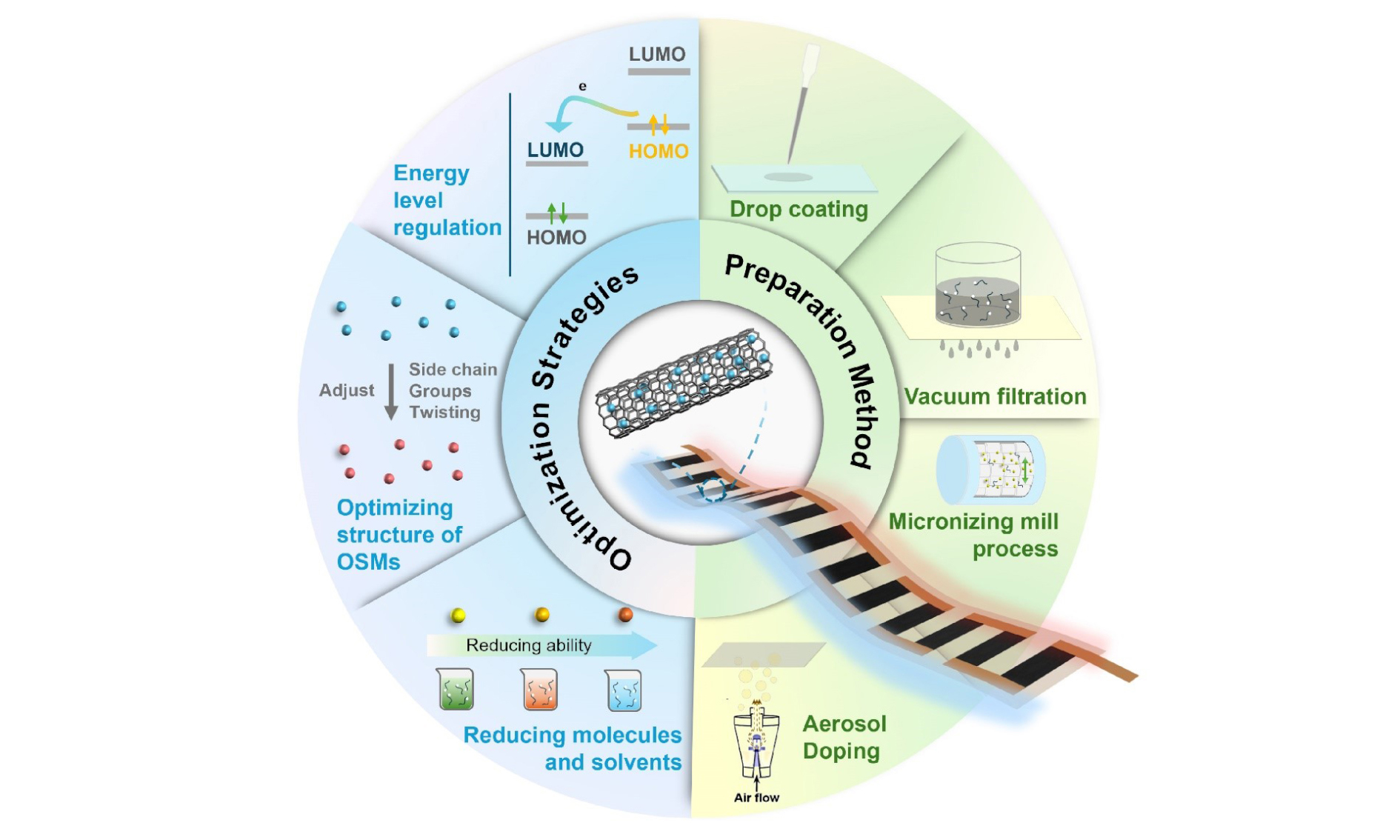


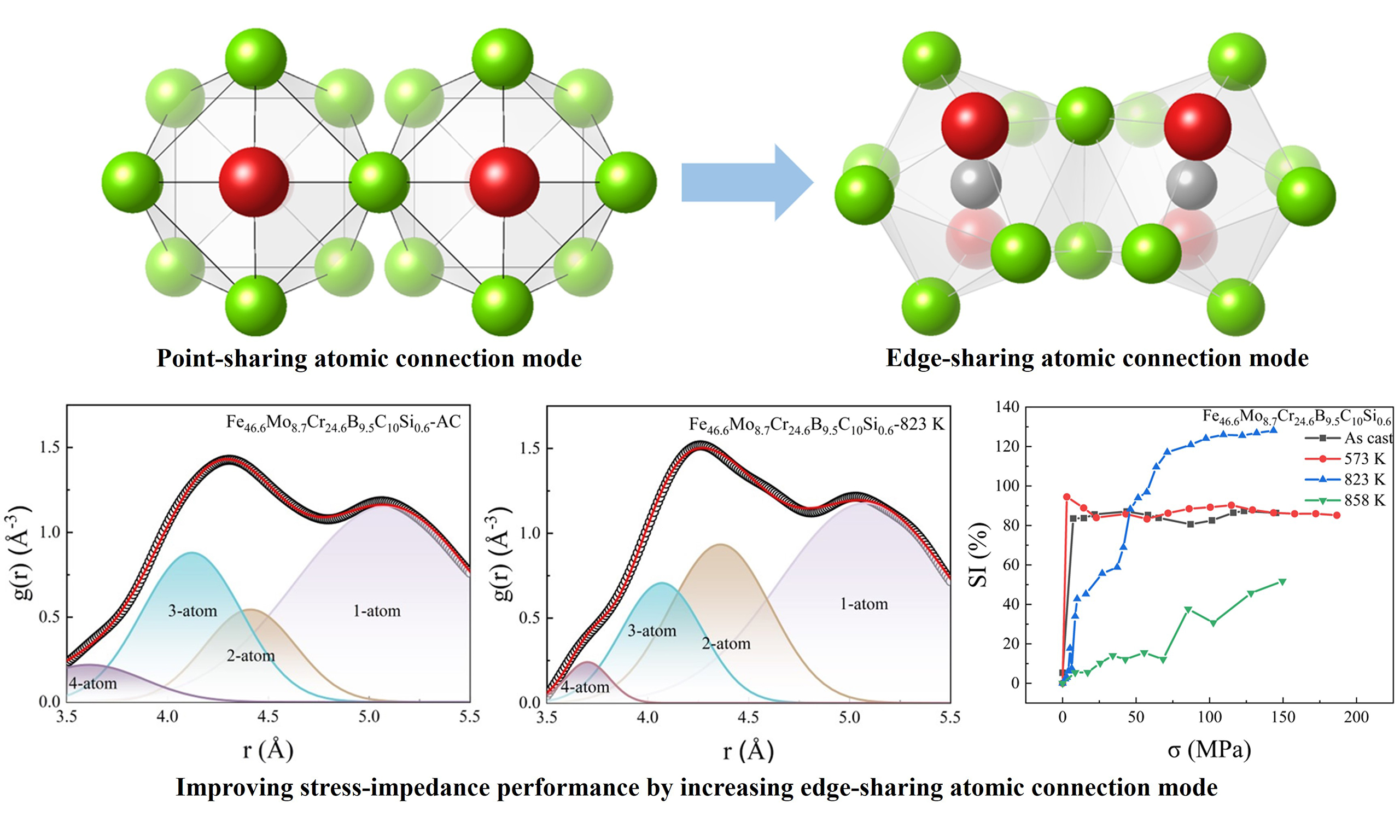
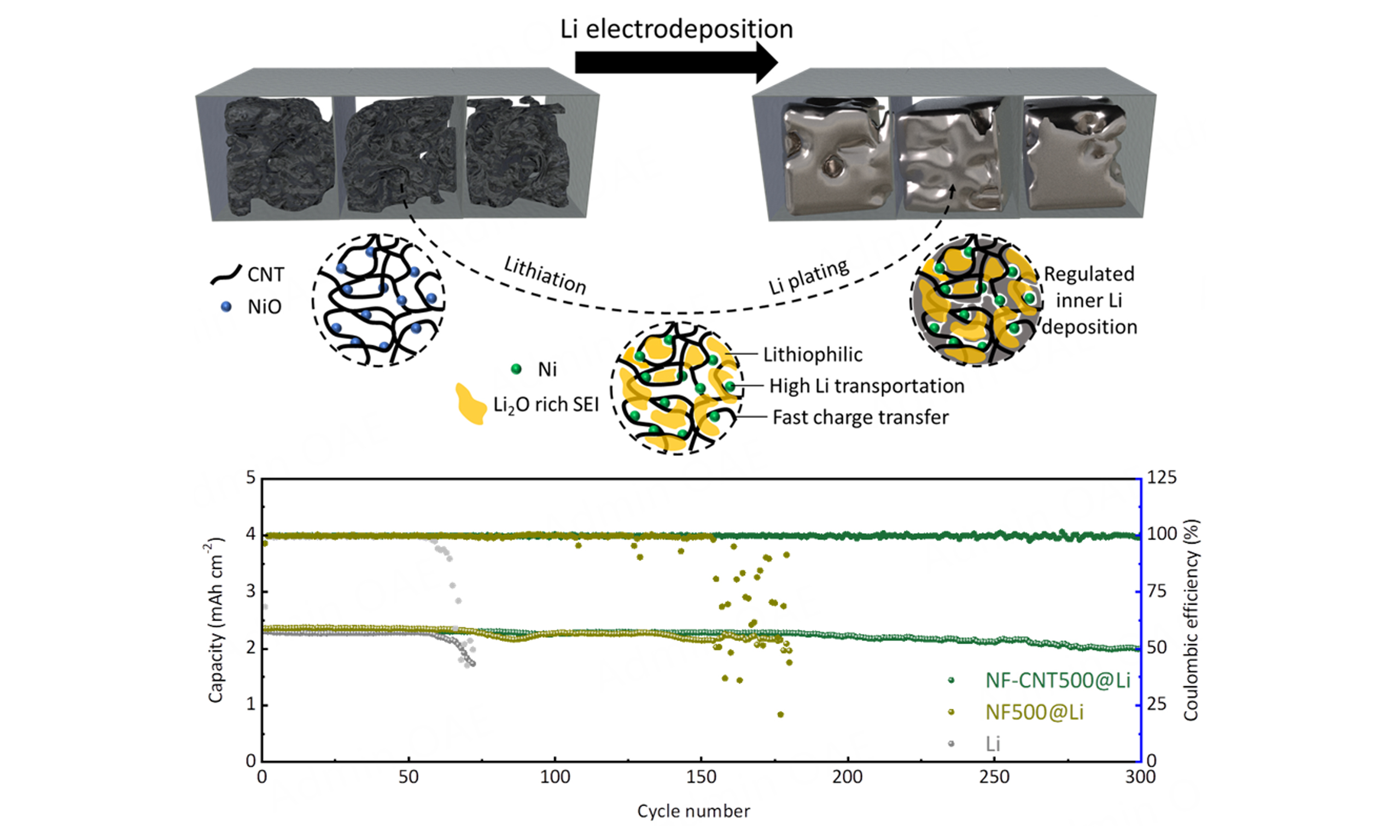
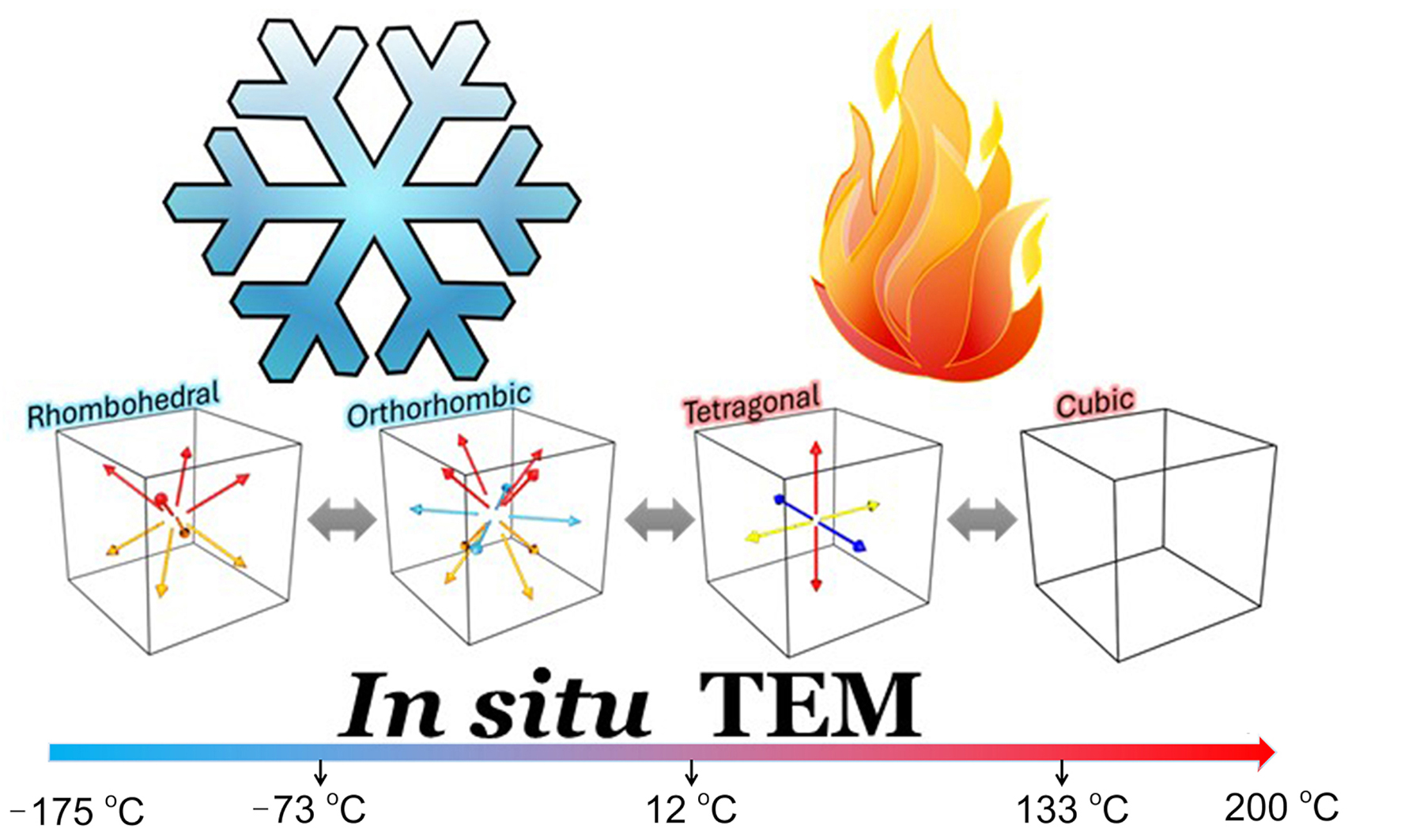
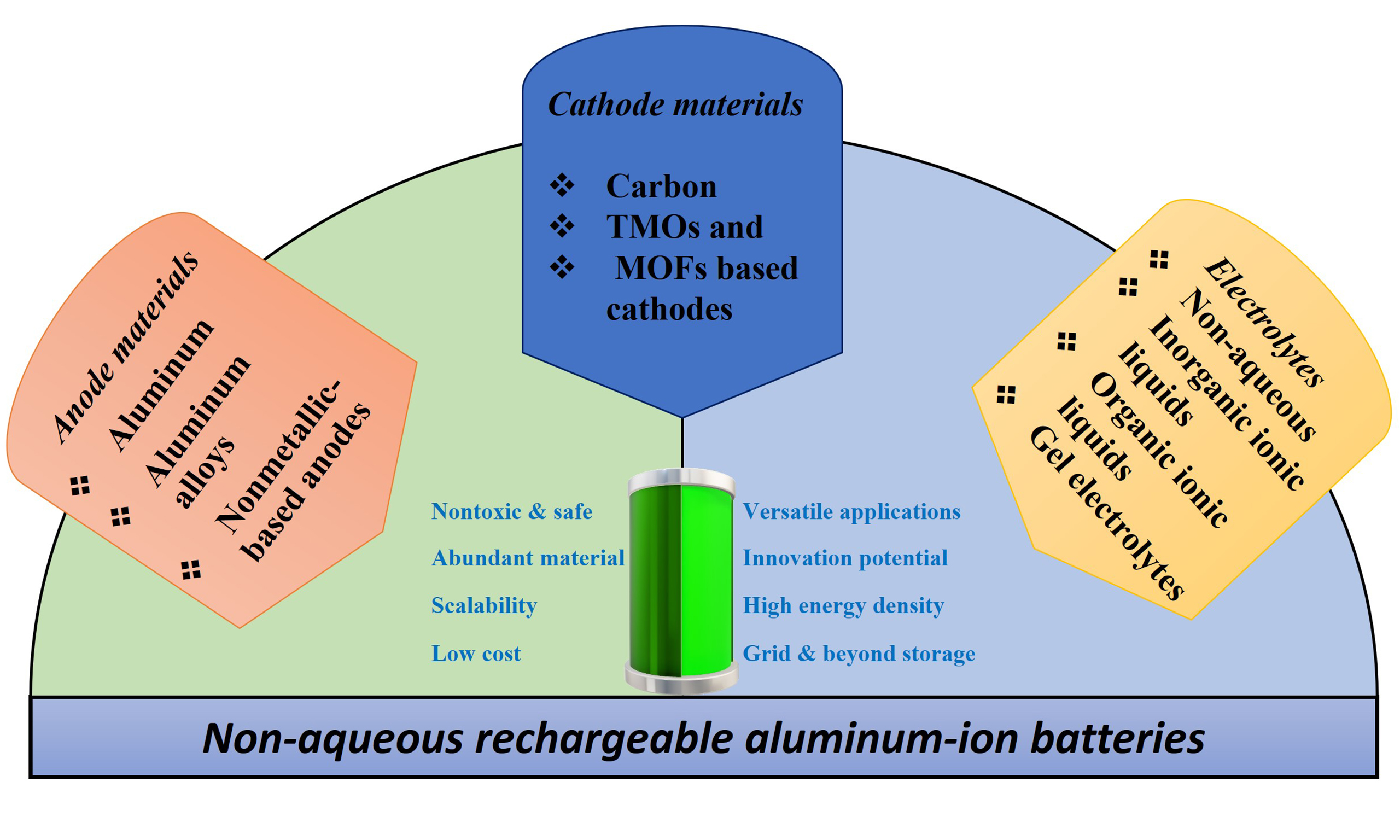
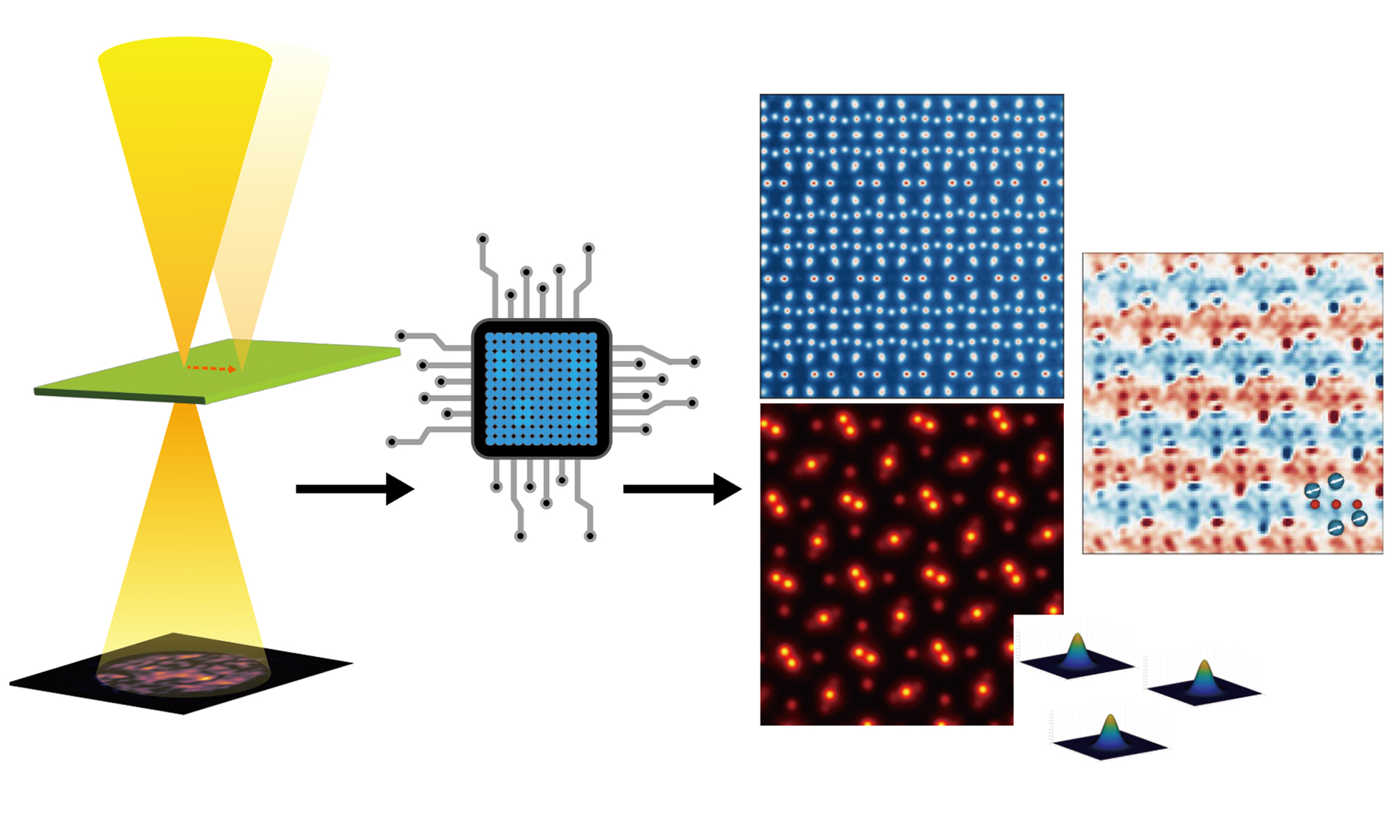
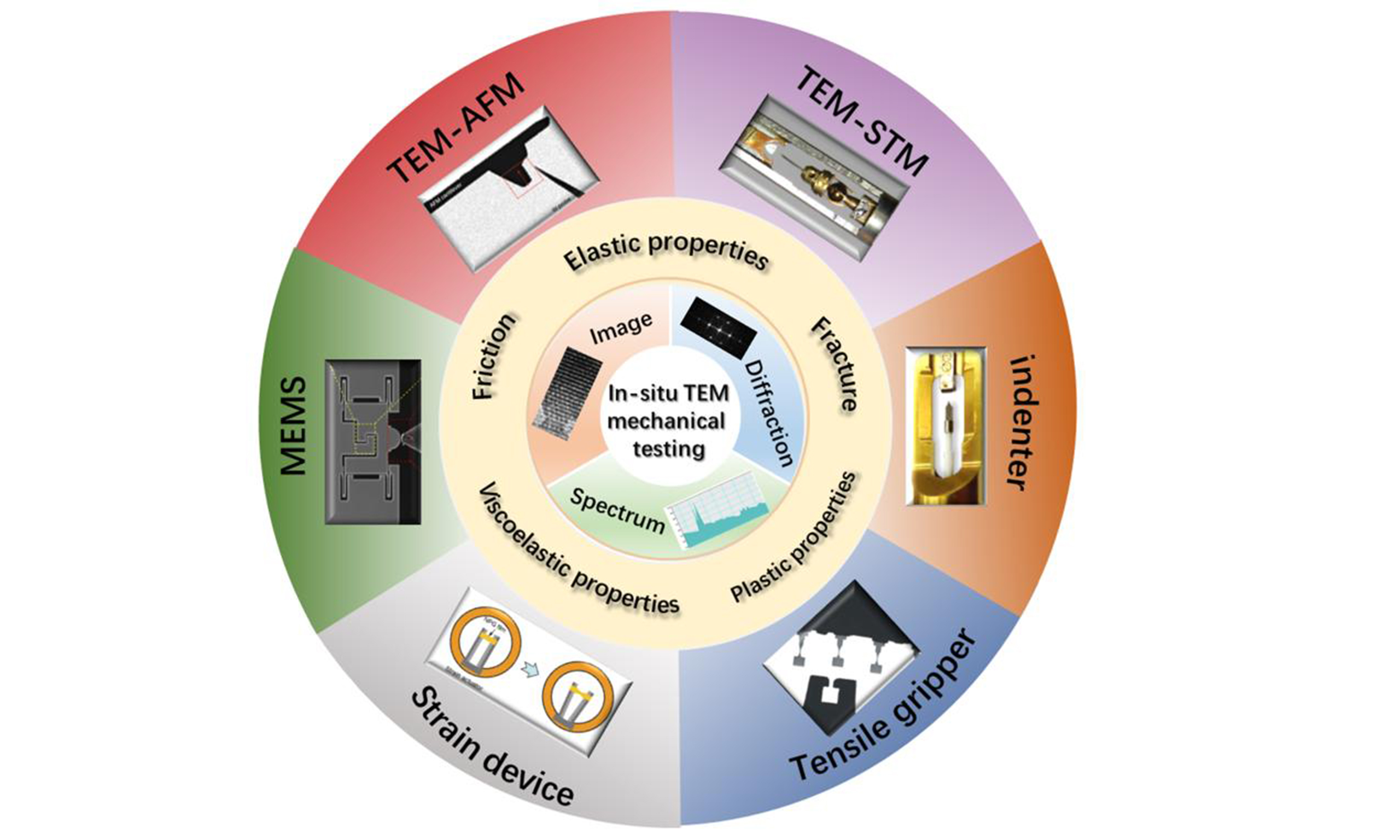
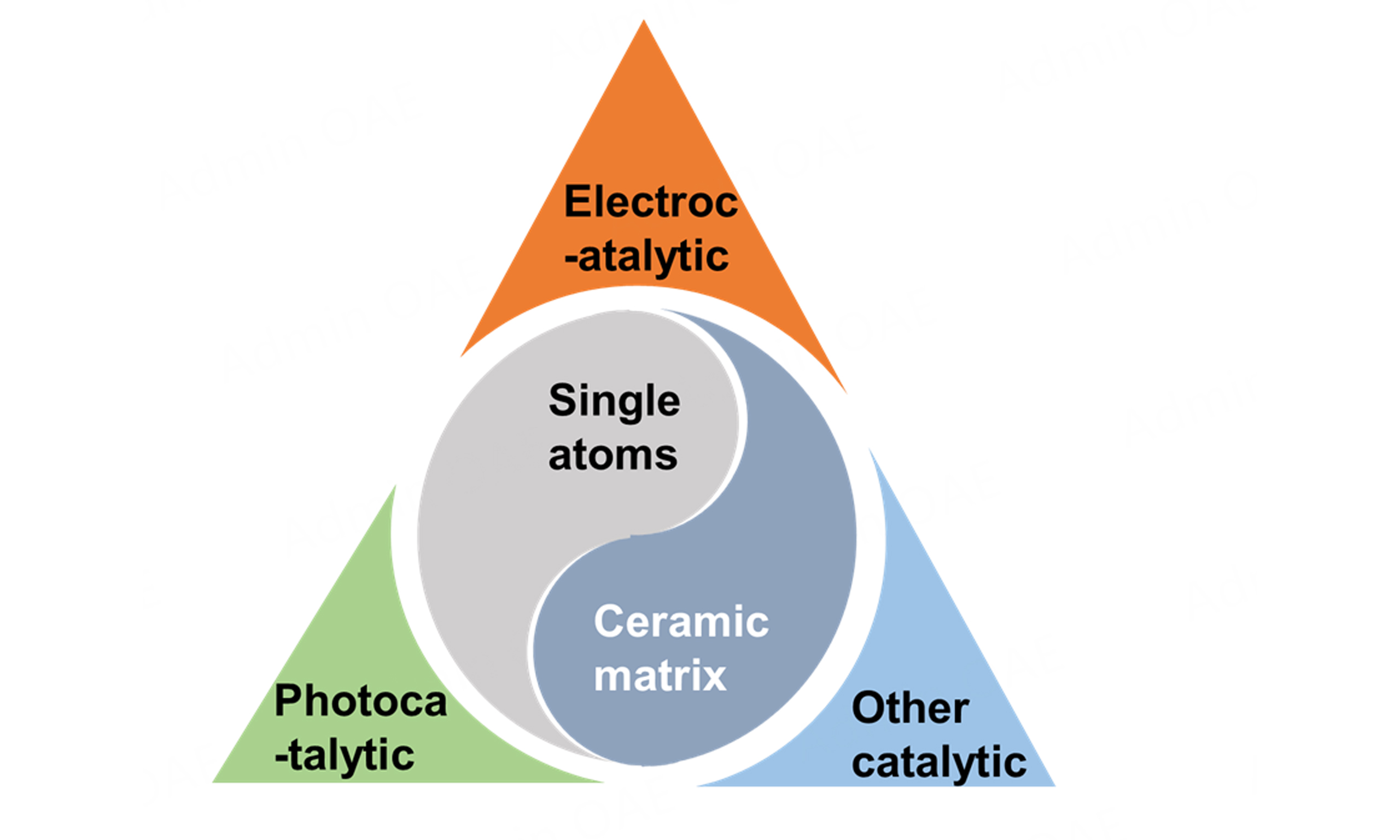
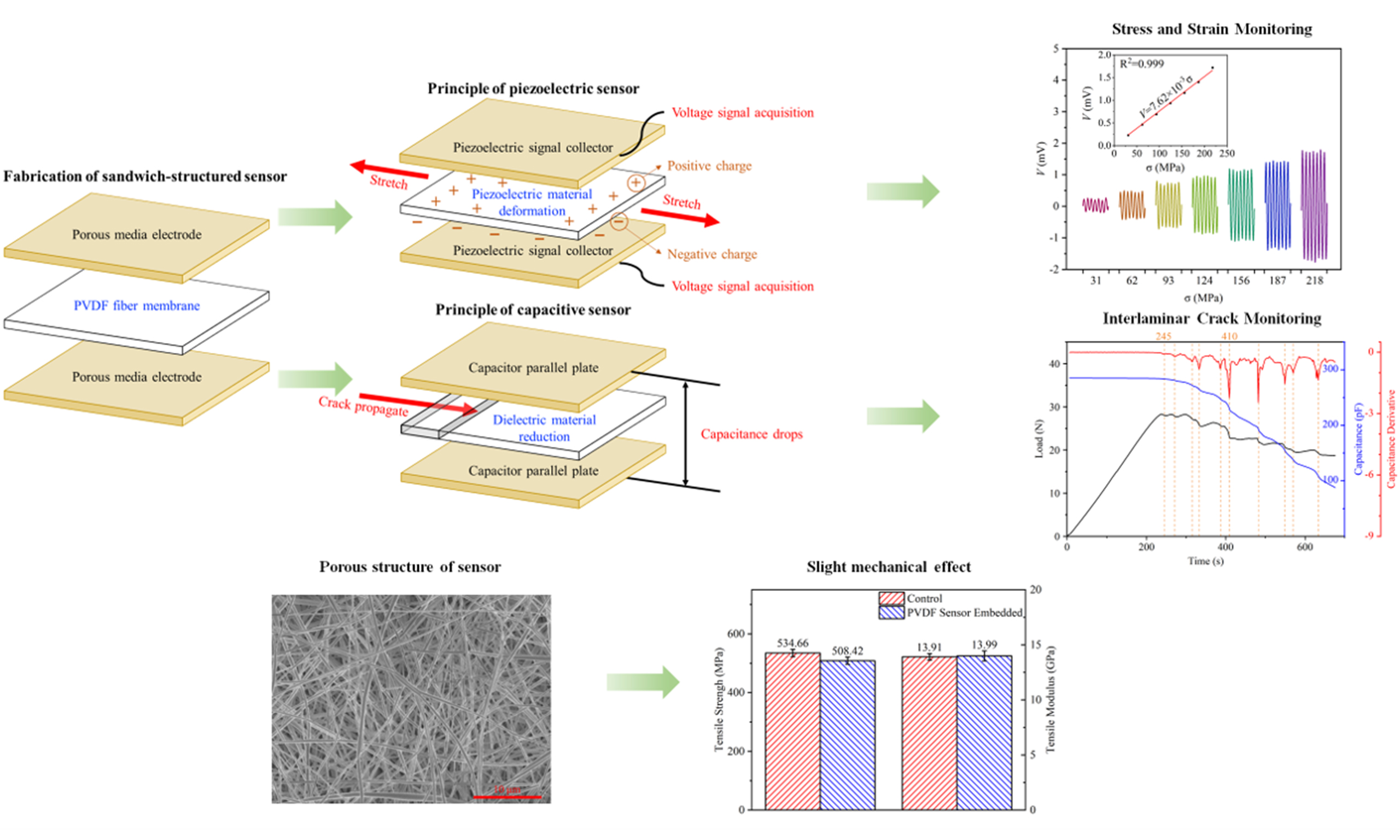
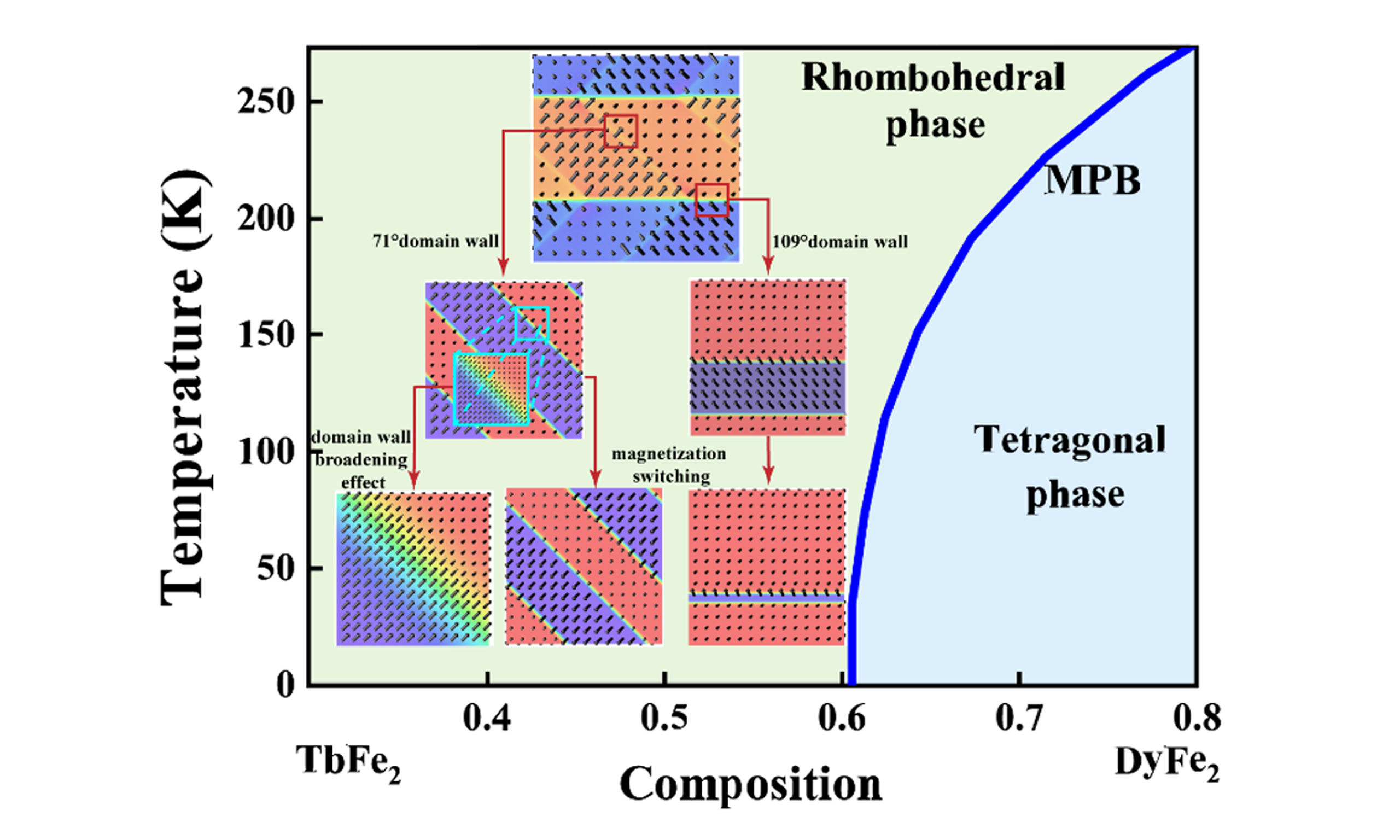
















Comments
Comments must be written in English. Spam, offensive content, impersonation, and private information will not be permitted. If any comment is reported and identified as inappropriate content by OAE staff, the comment will be removed without notice. If you have any queries or need any help, please contact us at support@oaepublish.com.